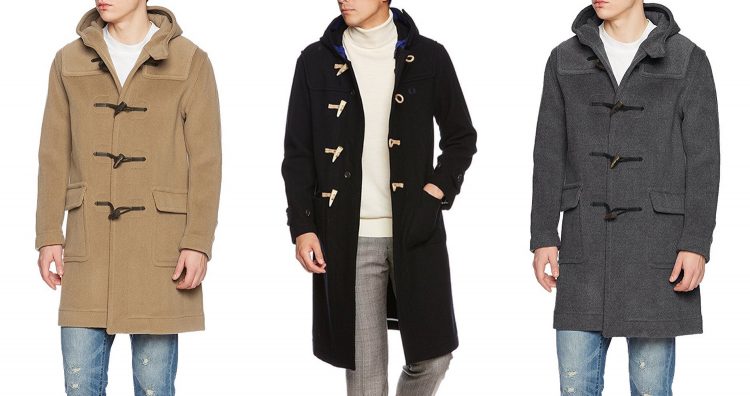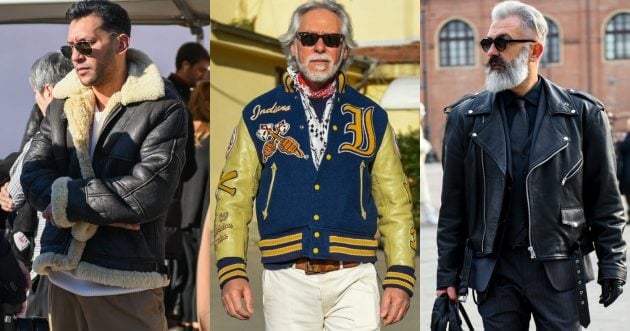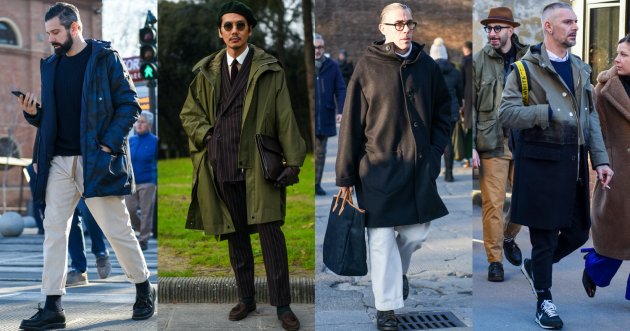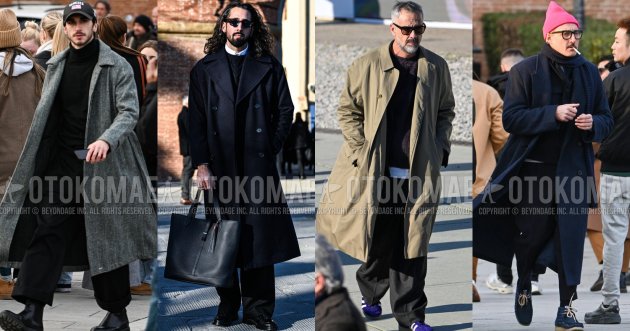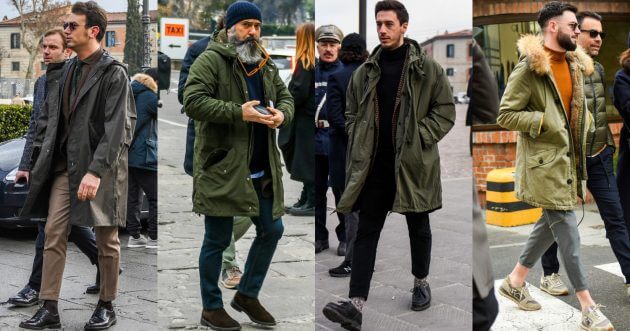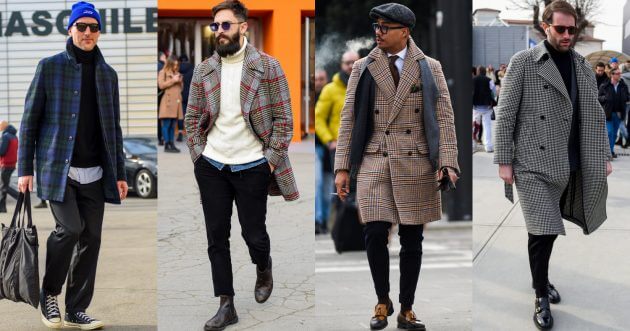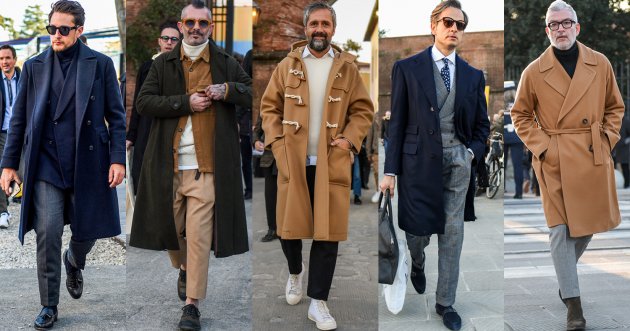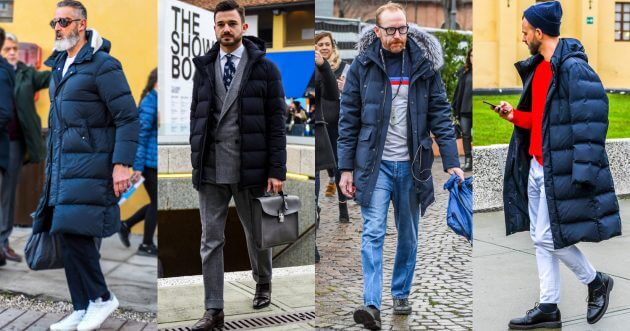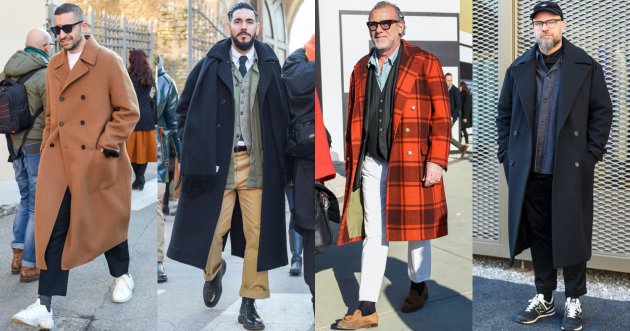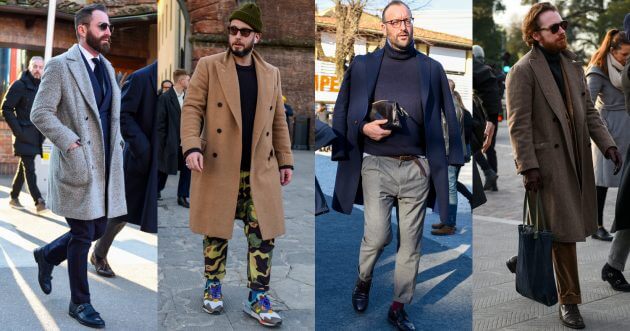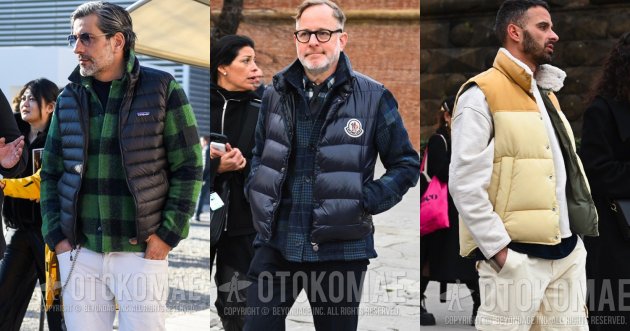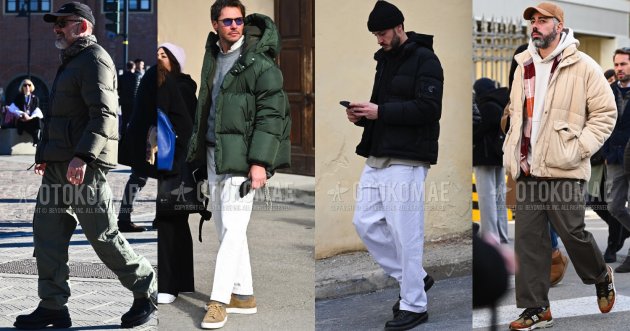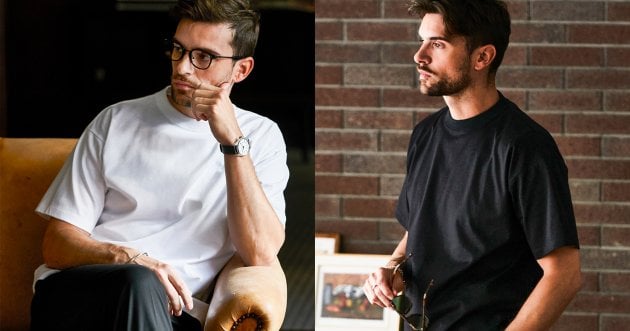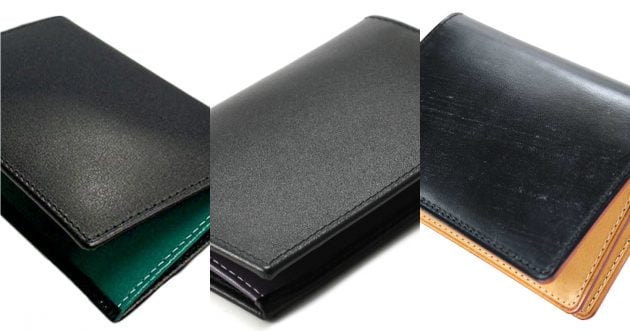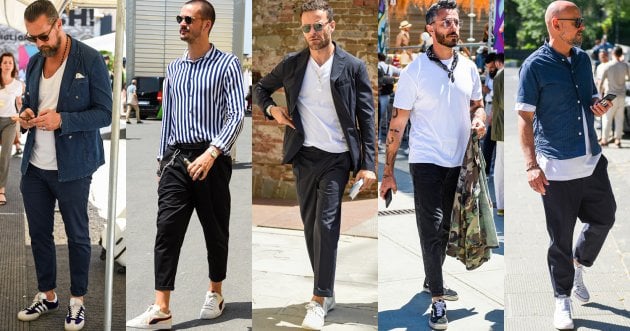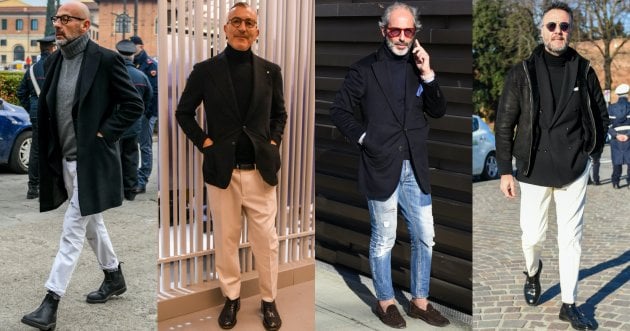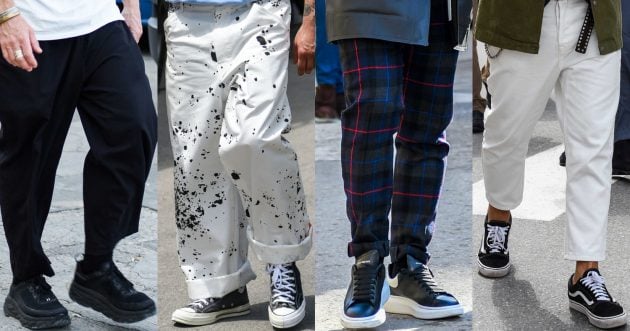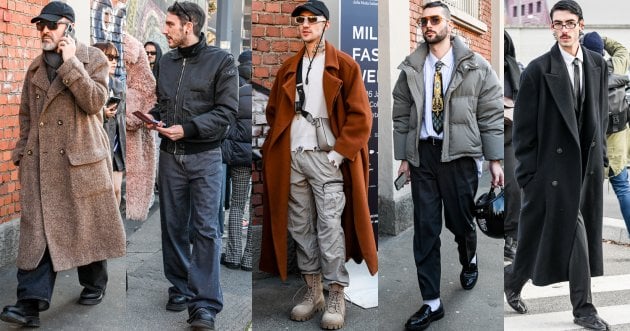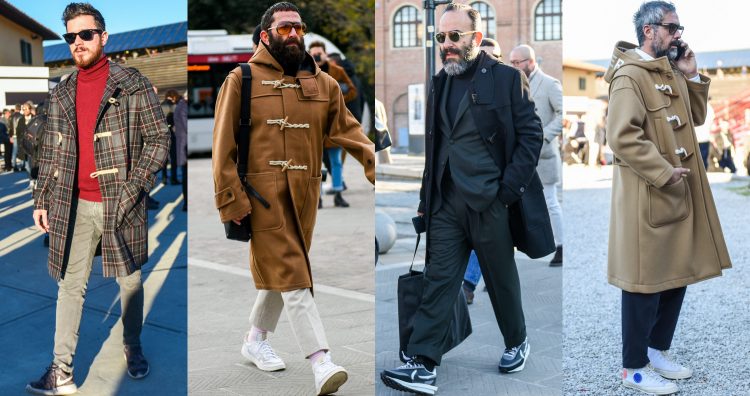
The duffle coat originated as a coat worn by fishermen in Northern Europe, and is also known as a military item adopted by the Royal Navy for winter wear on board ships. Today, the duffle coat has become firmly established as real clothes, and its silhouette and details have been updated to incorporate a variety of styles. In this issue, we focus on the duffle coat and introduce its origins, characteristics, and notable outfits and items!
Suponsered by
What is the origin of the duffle coat?
The duffle coat is a type of outerwear that is said to have originated around 1820 as a winter coat worn by fishermen who risked their lives fishing in the raging North Sea in winter. Later, it developed into a military coat, as British Field Marshal Bernard Montgomery, known as “Monty” during World War II, was a fan of the duffle coat. Major Sterling, who became the founder of the British Special Forces SAS, was also a duffle coat lover. It is said that the duffle coat was widely adopted by the Royal Navy during World War II as warm-weather clothing, and became popular among the general public when its surplus stock was disposed of and put on the market after the war. The duffle coats of Grover All of England and Old England of France are the standard.
2/18GO TO NEXT PAGE
